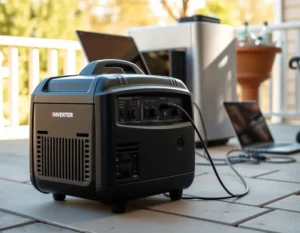
En el mundo moderno, donde la electricidad es fundamental para nuestras actividades diarias, las interrupciones eléctricas son un gran inconveniente, pueden afectar nuestra productividad y
The indomitable force of hurricanes is a constant reminder of the vastness and power of nature. In this ever-changing world, where weather events can impact our lives in a matter of hours, understanding hurricane categories is vital.
Throughout this article, we will explore in detail each aspect of the hurricane categories. From how its intensity is measured to how each category is prepared and why it is essential to anticipate its arrival.
Get ready to embark on a journey of knowledge that will help you confidently face the challenges of hurricanes!
When it comes to understanding the intensity and potential danger of a hurricane, the Category Scale is an essential tool. This scale, known as the Saffir-Simpson Scale, was developed by engineer Herbert Saffir and meteorologist Robert Simpson in the 1970s.
Its purpose is to provide a clear and concise way to classify the strength of a hurricane based on wind speed and the potential damage it can cause.
The scale consists of five categories, numbered from 1 to 5. Each category is defined by a specific range of wind speed, which increases as we go from category 1 to 5. Let's look at an overview of each category:
Hurricanes in this category have moderate winds that can cause superficial damage. Trees and small branches are often downed, and homes can suffer minor roof and window damage.
Winds in this category increase in intensity. Damage is more extensive, with larger trees downed and significant damage to roofs and windows. Coastal flooding is also possible due to increased surge.
In this category, hurricanes are considered "major." Damage is more severe, with uprooted trees and extensive damage to buildings. Coastal flooding is a major concern due to the combination of high winds and high tides.
Category 4 hurricanes are extremely dangerous. Damage is catastrophic, with most trees downed and most homes sustaining severe damage. Flooding is widespread and may require mass evacuations.
The highest intensity on the scale, Category 5 hurricanes, cause absolutely devastating damage. The winds uproot trees, destroy homes and buildings, and cause widespread flooding. Recovery can take years.
It is essential to understand that the Hurricane Category Scale is based solely on wind speed and does not take into account other factors such as flooding from heavy rainfall.
Within the Category Scale, hurricanes are classified into five levels of intensity. However, it is important to highlight that this classification is not the only way to understand the complexity of these phenomena. In addition to the Saffir-Simpson Scale, there are other systems that focus on specific aspects of hurricanes.
Here we will explore some of the most relevant types of hurricane categories:
Hurricanes can range in size from those with a compact core to those with a broad wind field. This classification considers the total area of hurricane winds and can provide a more accurate idea of how extensive a hurricane's impact can be in a region.
This approach focuses on the amount of rain that a hurricane can generate. Some hurricanes can bring torrential rains, resulting in catastrophic flooding. Classifying hurricanes by their precipitation potential can be critical to flash flood preparedness and response.
3. Categories by Travel Speed
The speed at which a hurricane moves can influence its impact. Slower hurricanes have more time to dump heavy rain on a region, increasing the risk of flooding. Classifying hurricanes according to their speed of movement allows authorities to more accurately forecast the associated risks.
One of the smartest decisions you can make is to make sure you have a diesel electric generator reliable at your disposal. Our three-phase diesel and diesel generators are the perfect solution to ensure an uninterrupted power supply during and after a hurricane.
Our specialized advisors are ready to guide you in choosing the right generator for your needs.
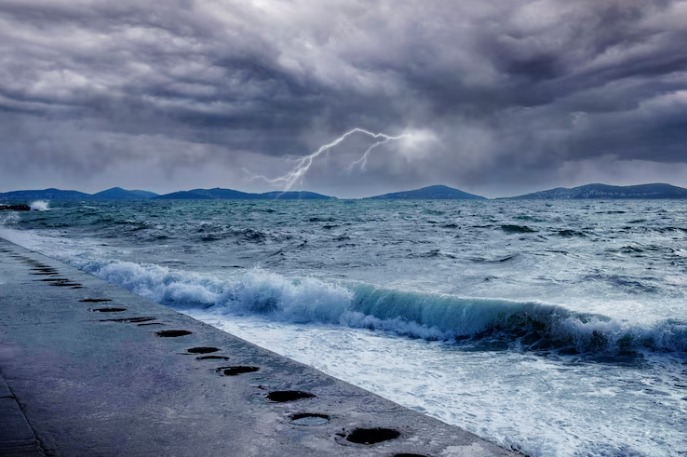
Proper preparation for a hurricane varies according to its category on the Saffir-Simpson Scale. The higher the category, the greater the risks and the need for more stringent precautionary measures. Here is a basic guide to preparations based on hurricane category:
By understanding the hurricane categories and being prepared for each level of intensity, you can take proactive steps to protect your family, home, and community in the event of a weather event.
In times of hurricane threat, it is essential to have reliable resources and access to professional advice. Here are some key sources of information and services that can be of great help:
Weather and emergency management agencies provide up-to-date information on forecasts and warnings. In Puerto Rico, the State Agency for Emergency Management and Disaster Administration (AEMEAD) is the main entity that coordinates hurricane preparedness and response.
Numerous apps and websites provide forecasts, storm tracking, and preparedness tips. Some popular options include reputable weather forecast apps and hurricane websites.
Keep your radios and televisions tuned to local and national stations for updates and alerts. Many media outlets also offer information online and through social networks.
Organizations such as the Red Cross and other disaster relief NGOs can provide emergency assistance, shelter and basic supplies.
If you have an electric generator, such as those offered by JRH Power Generator, make sure you understand its operation and maintenance. Consult professionals to ensure proper installation and use in the event of a prolonged power outage.
In JRH Power Generator, we are committed to the safety and well-being of our community. Our electric generators and related equipment are designed to provide reliable power during critical times, such as hurricanes.
If you would like more information on how to protect your home or business during hurricane season, feel free to explore our resources and services.

En el mundo moderno, donde la electricidad es fundamental para nuestras actividades diarias, las interrupciones eléctricas son un gran inconveniente, pueden afectar nuestra productividad y
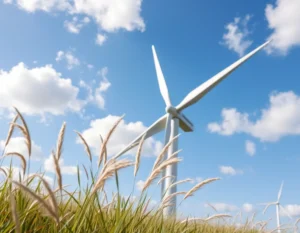
Las turbinas eólicas se han convertido en el emblema de la energía renovable, ofreciendo una solución sostenible y limpia frente a los combustibles fósiles. Sin
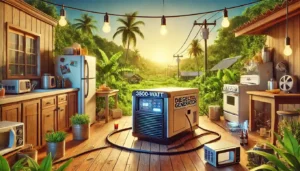
Cuando se trata de mantener la energía en situaciones de emergencia, durante viajes de campamento o en eventos al aire libre, un generador de 3500

En tiempos de cortes de energía o desastres naturales, saber cómo usar un generador para alimentar una casa puede marcar la diferencia entre estar preparado
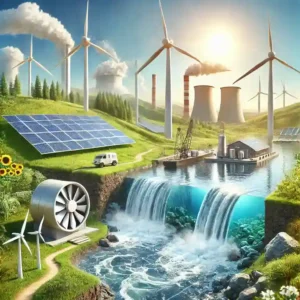
La búsqueda de energías alternativas se ha convertido en un pilar fundamental en la discusión sobre sostenibilidad y el futuro energético del planeta. Pero, ¿cuáles

En un mundo donde la demanda de energía eléctrica sigue en aumento, las interrupciones de servicio y el costo creciente de la electricidad han impulsado